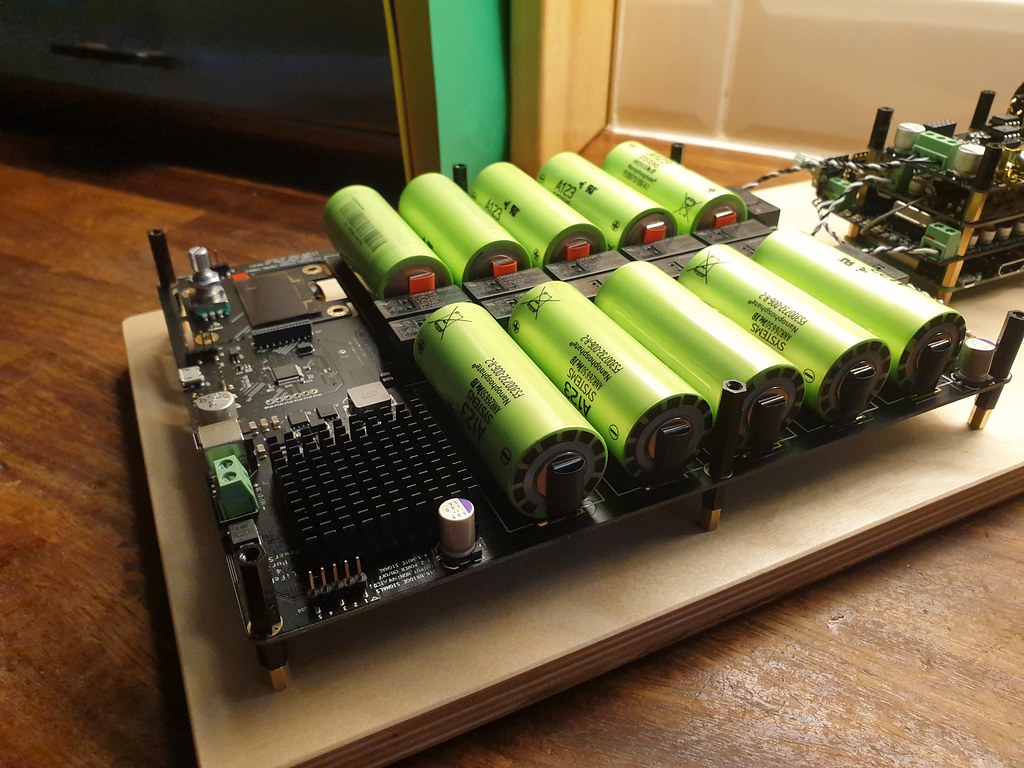sq225917
Bit of this, bit of that
This one has been a long time coming, not as long as the Mdac2 though....
So the off grid rpi, dac, fifo board and output stage are finally assembled. Took a bit of dicking around with tiny smt parts to finalise the set up but its sounding very sweet. Ill give it a few days to run in before comparing against the Brooklyn. It runs from a 10 battery psu providing five isolated rails, 2 for the output stage, 1 for the fifo, 1 for the dac and 1 for the rpi.

Very pleased with this so far, props to iancanada from diyaudio for the GB.
So the off grid rpi, dac, fifo board and output stage are finally assembled. Took a bit of dicking around with tiny smt parts to finalise the set up but its sounding very sweet. Ill give it a few days to run in before comparing against the Brooklyn. It runs from a 10 battery psu providing five isolated rails, 2 for the output stage, 1 for the fifo, 1 for the dac and 1 for the rpi.

Very pleased with this so far, props to iancanada from diyaudio for the GB.

